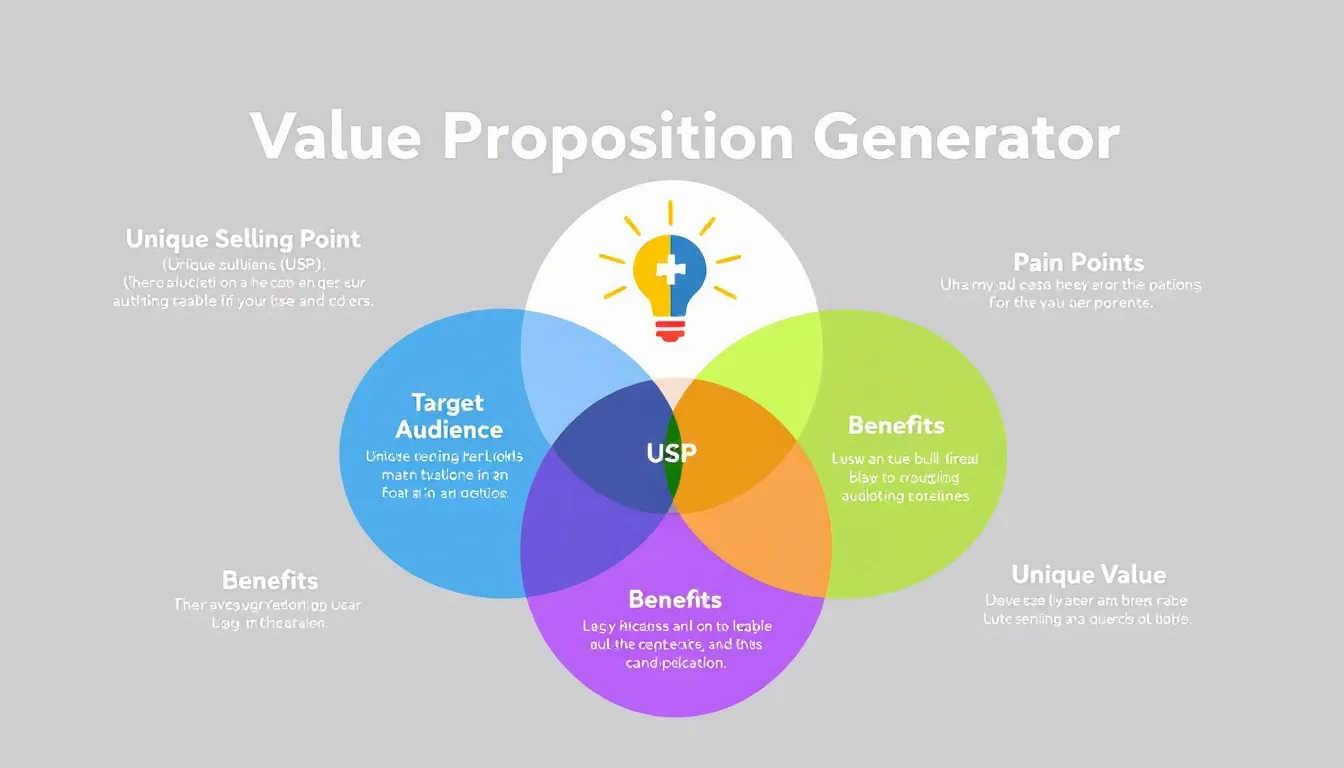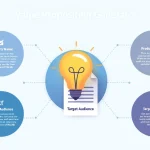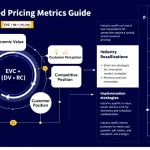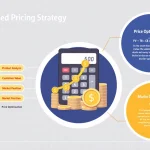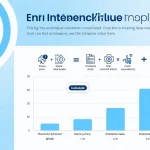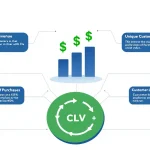Is this tool helpful?
How to Use the Value Proposition Generator Effectively
This Value Proposition Generator helps you create focused, persuasive statements that highlight the unique value your product or service offers. To get the best results, follow these clear steps and use relevant examples for each input field:
- Product: Enter the precise name of your product or service. Keep it clear and straightforward.
- Example 1: SolarCharge Portable Battery Pack
- Example 2: FreshBrew Automated Coffee Maker
- Target Audience: Define who will benefit most. Include demographics, behaviors, or specific needs.
- Example 1: Outdoor enthusiasts seeking reliable power solutions
- Example 2: Busy professionals looking for easy morning routines
- Key Benefits: List the main advantages your product delivers. Focus on customer problems solved or improvements made.
- Example 1: Compact design, solar-powered recharge, durable casing
- Example 2: Programmable brewing, energy efficiency, quick cleanup
- Competitive Advantages (Optional): Highlight what makes your product different or better than alternatives.
- Example 1: Waterproof materials and multiple USB ports
- Example 2: Smartphone app integration and quiet operation
- Market Research Insights (Optional): Include data or feedback supporting your product’s impact or appeal.
- Example 1: 75% of outdoor users prefer solar charging for reliability
- Example 2: 65% of coffee drinkers want faster brew times without quality loss
After entering your information, click the “Generate Value Proposition” button. The tool uses AI to analyze your inputs and returns a customized value proposition tailored to your product and audience, designed to help you stand out in the market.
What Is a Value Proposition and Why It Matters
A value proposition is a clear statement that explains the unique value your product or service provides. It answers why customers should pick your offering over others and communicates how you address their needs effectively.
What a Value Proposition Does
- Clarifies your unique advantages. It highlights how your product solves problems or improves situations better than alternatives.
- Positions your brand. It helps customers quickly understand your core benefits and differentiators.
- Guides marketing and sales. It informs messaging and helps align your team around customer needs.
- Increases conversions. When clearly communicated, it persuades potential buyers and drives sales.
Benefits of a Strong Value Proposition
- Better customer targeting: You learn exactly who your product helps and why.
- Focused messaging: Marketing becomes clear, consistent, and persuasive.
- Competitive edge: Differentiates your product in a crowded market.
- Improved product development: Aligns features with real customer needs.
- Enhanced customer loyalty: Customers understand your value and stay connected.
Practical Uses of the Value Proposition Generator
This tool helps you quickly craft tailored value propositions for many scenarios, making it easier to communicate your product’s strengths clearly and effectively. Here are some ways to apply it:
1. Launching New Products
Use the generator to create a clear statement that captures your product’s unique appeal as you introduce it to the market. For example:
- Product: “PureGlow Indoor Garden Kit”
- Target Audience: “Urban dwellers wanting easy home gardening solutions”
- Key Benefits: “Grow fresh herbs year-round, easy setup, energy-saving LED lighting”
- Competitive Advantages: “Compact design fits small spaces, app-controlled watering system”
This input generates a value proposition that helps customers quickly grasp why PureGlow is their best indoor gardening choice.
2. Rebranding and Market Shifts
Redefine your value proposition when you change directions or update your brand. For example:
- Product: “GreenPath Electric Bikes”
- Target Audience: “Eco-friendly commuters seeking affordable urban transport”
- Key Benefits: “Quiet, zero-emission rides, long battery range, lightweight frame”
- Market Research Insights: “80% of city commuters look for sustainable ways to cut travel time”
This helps you highlight your brand’s evolution and appeal to environmentally conscious urban riders.
3. Crafting Focused Marketing Campaigns
Use your generated value proposition to guide targeted advertising and social media campaigns, making your message consistent and engaging. For instance:
- Product: “PureAir Home Purifier”
- Target Audience: “Families concerned about indoor air quality”
- Key Benefits: “Removes 99.9% of airborne pollutants, quiet operation, energy-efficient”
- Competitive Advantages: “Medical-grade HEPA filter, smart air quality monitoring”
This creates a clear marketing message focusing on health and convenience, improving customer connection and campaign effectiveness.
How This Tool Helps You Save Time and Improve Results
- Speeds up creation: Generate polished value propositions in seconds instead of spending hours writing.
- Offers expert input: Leverages marketing best practices to deliver professional, persuasive language.
- Customizes messaging: Tailors output based on your product and audience details, boosting relevance.
- Encourages idea generation: Provides a strong starting point to refine and build upon your own value statements.
Examples of Generated Value Propositions
Here are sample value propositions created with the tool based on different product inputs:
Example 1: Fitness Tracker
Input:
- Product: “StrideSmart Fitness Tracker”
- Target Audience: “Active adults aiming to improve their health”
- Key Benefits: “Real-time heart rate tracking, sleep monitoring, personalized workout plans”
- Competitive Advantages: “Long battery life, water-resistant, intuitive mobile app”
Generated Proposition:
StrideSmart helps active adults stay motivated with real-time heart rate tracking and sleep analysis. Personalized workout plans delivered through our intuitive app guide your health journey. With water resistance and long battery life, it keeps up with your pace, indoors or out.
Example 2: Meal Delivery Service
Input:
- Product: “FreshBite Meal Delivery”
- Target Audience: “Busy professionals seeking healthy and convenient meals”
- Key Benefits: “Chef-prepared, nutritious meals delivered weekly, customizable menus”
- Market Research Insights: “70% of professionals want easy access to healthy food options”
Generated Proposition:
FreshBite provides busy professionals with chef-prepared, nutritious meals delivered right to their door. Customizable menus fit your dietary preferences, making healthy eating convenient and stress-free. Join the 70% who prioritize wellness without sacrificing time.
Important Disclaimer
The calculations, results, and content provided by our tools are not guaranteed to be accurate, complete, or reliable. Users are responsible for verifying and interpreting the results. Our content and tools may contain errors, biases, or inconsistencies. Do not enter personal data, sensitive information, or personally identifiable information in our web forms or tools. Such data entry violates our terms of service and may result in unauthorized disclosure to third parties. We reserve the right to save inputs and outputs from our tools for the purposes of error debugging, bias identification, and performance improvement. External companies providing AI models used in our tools may also save and process data in accordance with their own policies. By using our tools, you consent to this data collection and processing. We reserve the right to limit the usage of our tools based on current usability factors.
